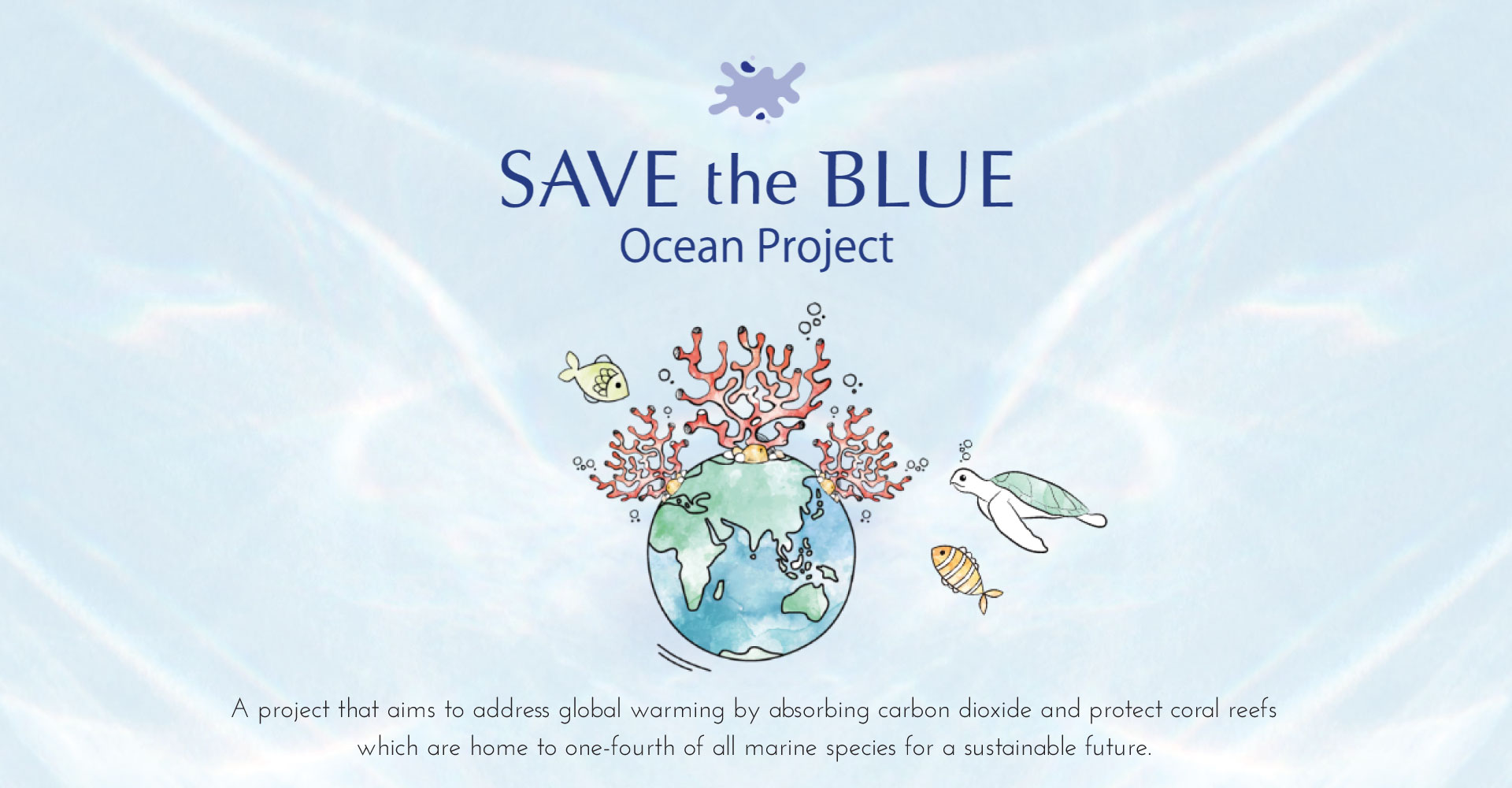
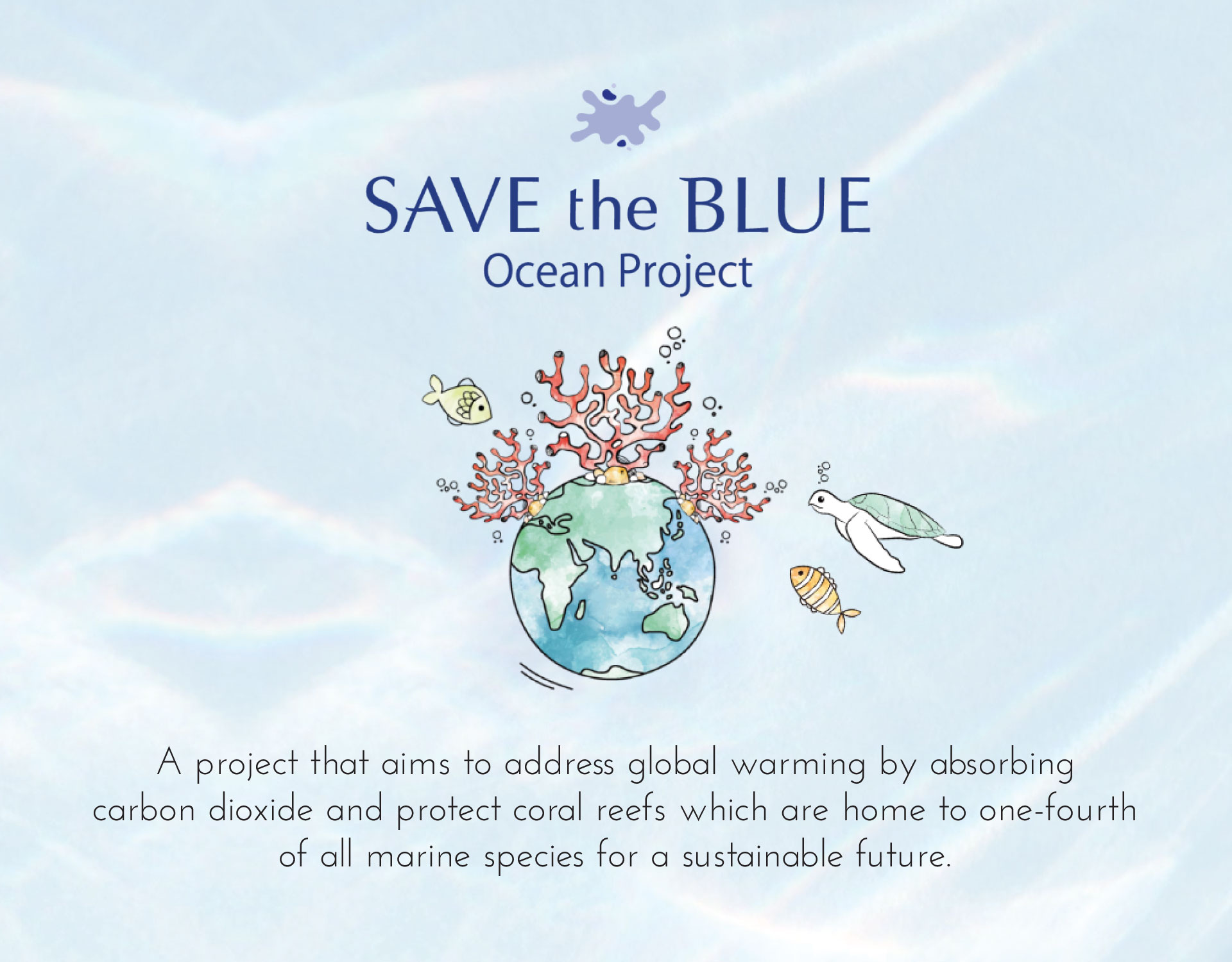
SEKKISEI SAVE the BLUE
Our Ocean Project
The number of coral reefs around the world has dramatically decreased to one-tenth due to global warming, including the seas of Okinawa where it is said to have one of the largest coral reefs in the world.
Why are coral reefs important? While they make up only 0.2% of the entire sea, it is said that 65% of all fish species live in coral reefs. This makes coral reefs irreplaceable for fish. Even when coral reefs die, they become gravel and form sandy beaches serving as a habitat for bacteria that clean the sea as well as for small animals. In fact, many refer to coral reefs as the source of the ecosystem for the sea!
The SEKKISEI Mission
In 2009, SEKKISEI started SAVE the BLUE project with efforts to restore coral reefs in Okinawa. In the years of the project, we’ve successfully protected our coral reefs by creating new coral life in the seas of Okinawa.
In 2011, SEKKISEI brought the scope of the project overseas with various SAVE the BLUE projects operating in 8 different countries and regions, taking advantage of the uniqueness of each area such as coral conservation and tree-planting activities: China, Taiwan, South Korea, Thailand, Singapore, Malaysia, Indonesia and the USA. During the campaign, SEKKISEI also contributes a portion of the sales of SEKKISEI products to environmental conservation and education initiatives.


Coral Transplantation & Release Activities


Before transplantation, the coral is covered with a basket to prevent it from being eaten by predators. If the mesh of the cage is too small, there will be less light and the coral will not grow well. Therefore, we use tweezers to remove the shells one by one that enter through the gaps in the mesh.
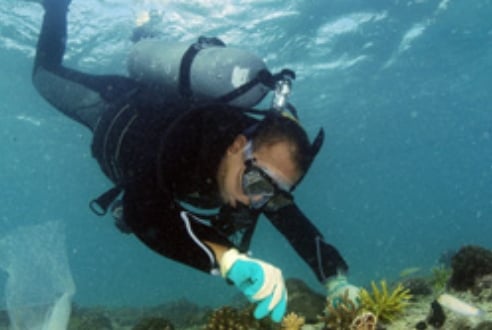

Kinjo-san planting trees
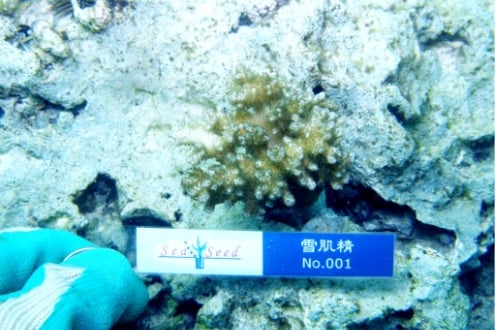

Our first coral
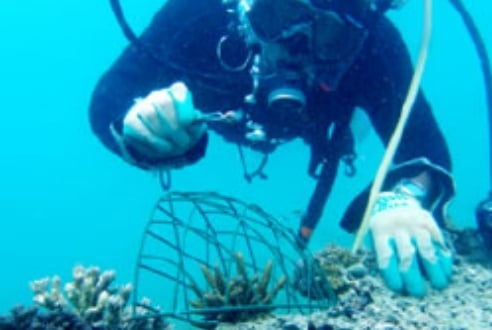

It is covered with a net to protect the coral


The transplanted coral grows over a long period of time in the natural environment of Okinawa. Transplanted corals cannot be said to be 100% alive. Large-grown corals can also suffer from bleaching due to rising sea surface temperatures and damage from crown-of-thorns starfish. However, corals that have grown safely and reached their second year will lay eggs. About 4 years later, the coral will reach a size of about 70cm. Each coral continues to grow, and the “coral forest” is expanding. As a result, many fish will gather.
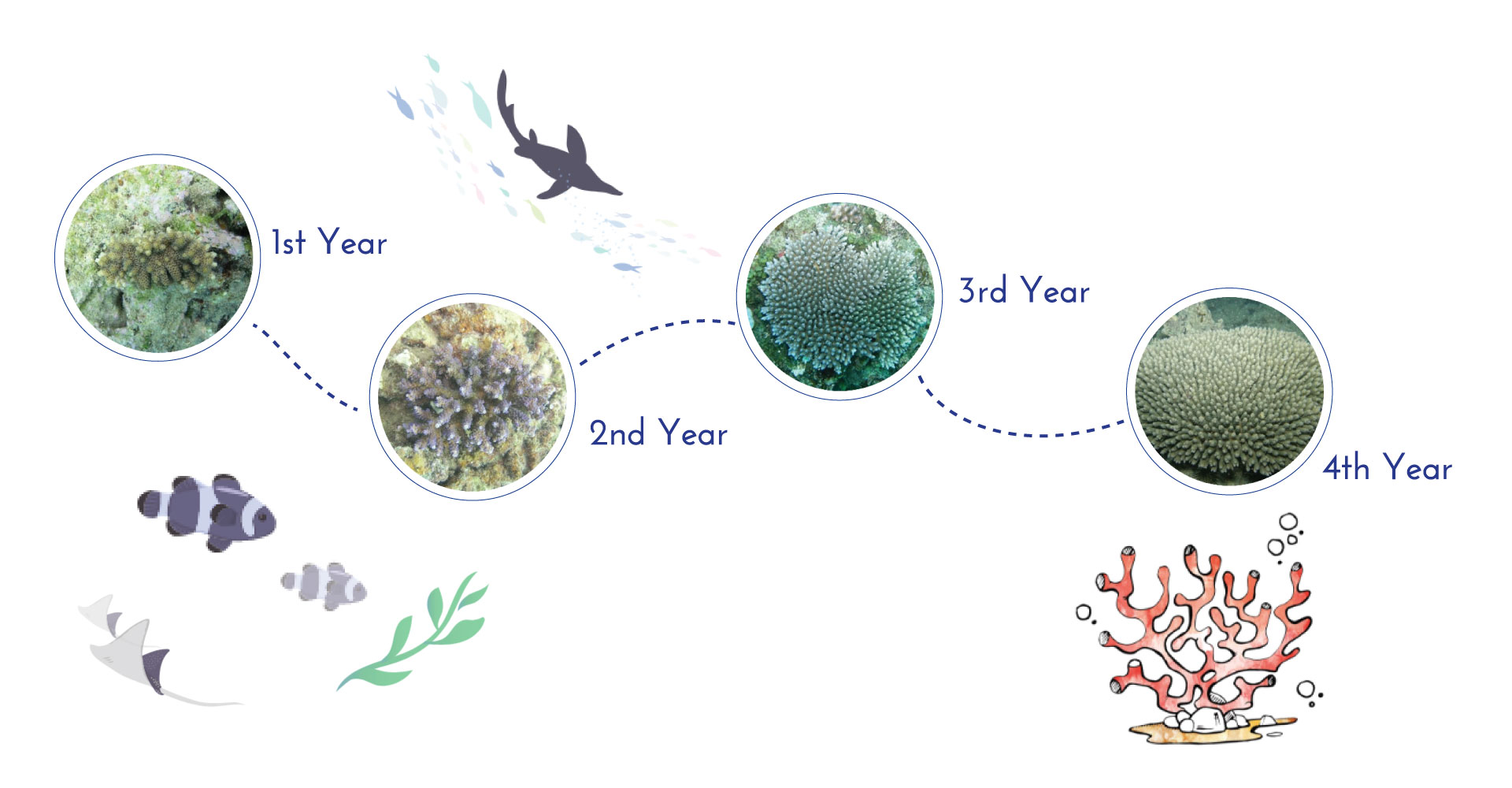
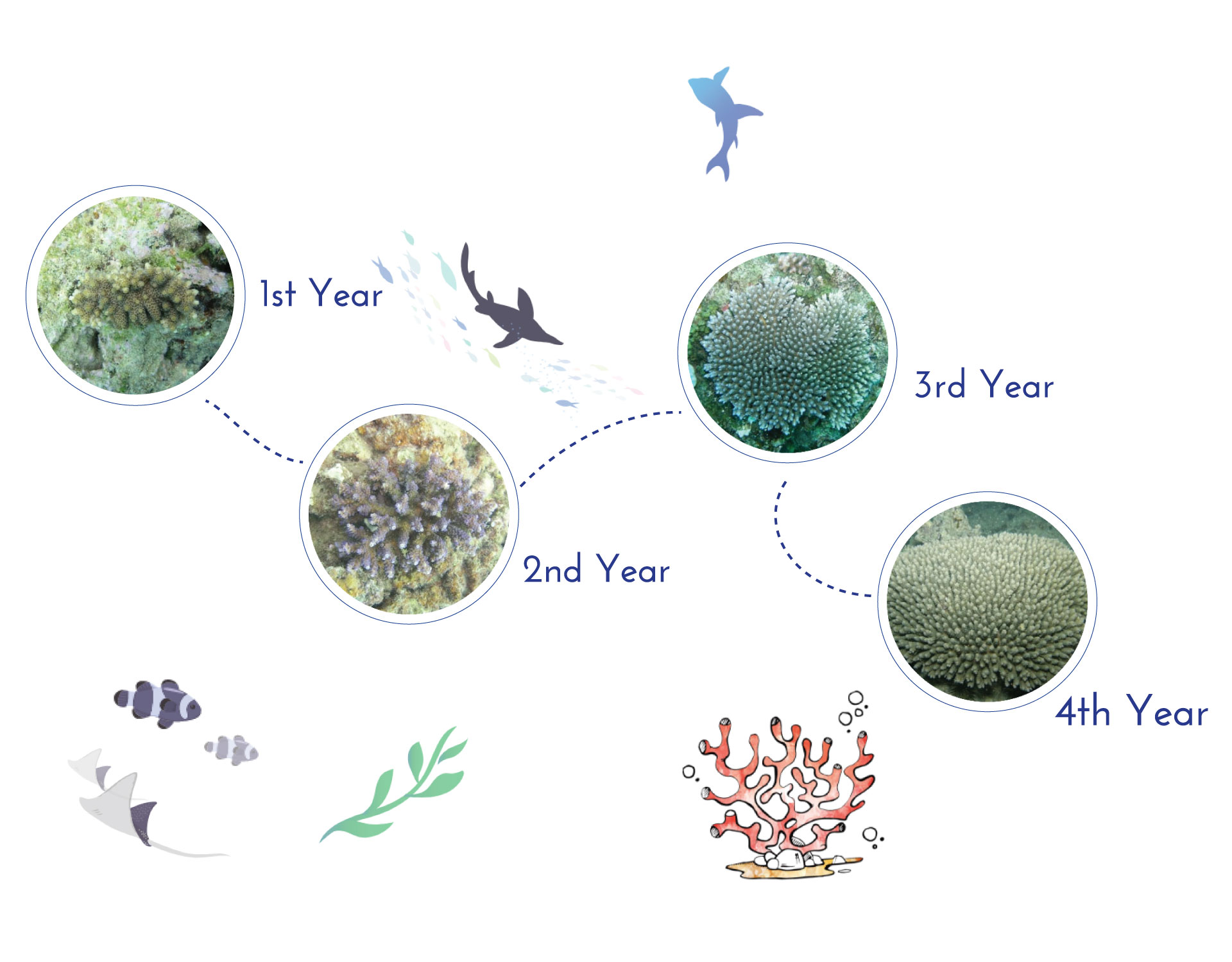
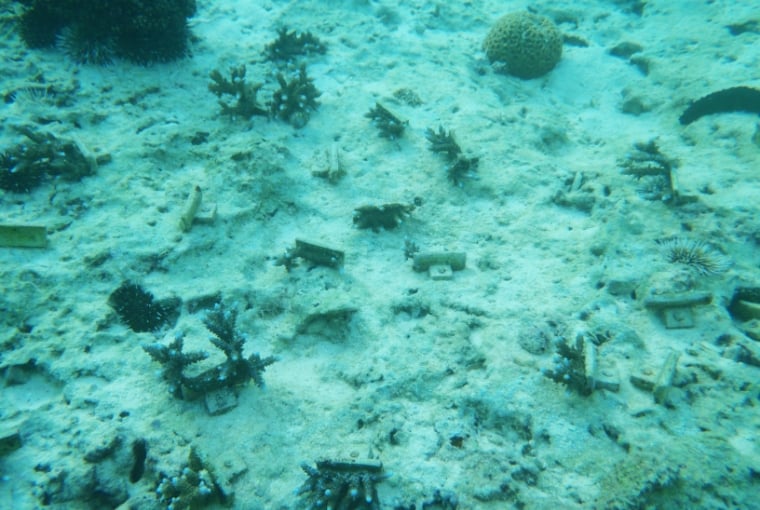

State before activity
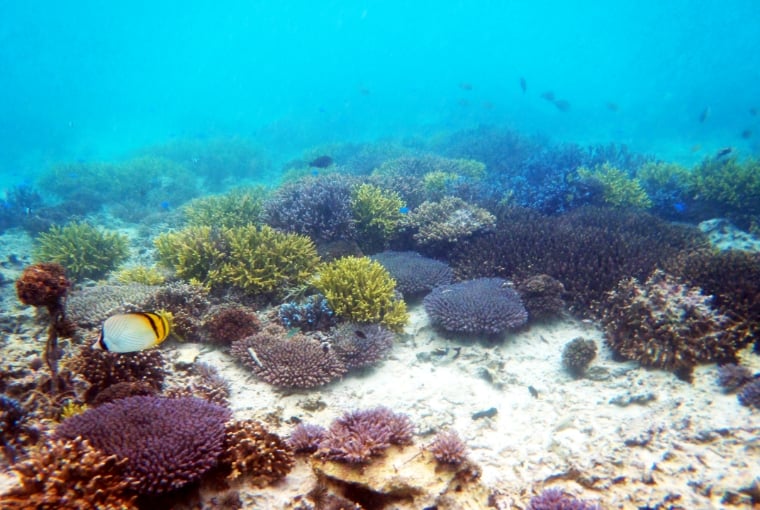

“Coral forest” after 4 years


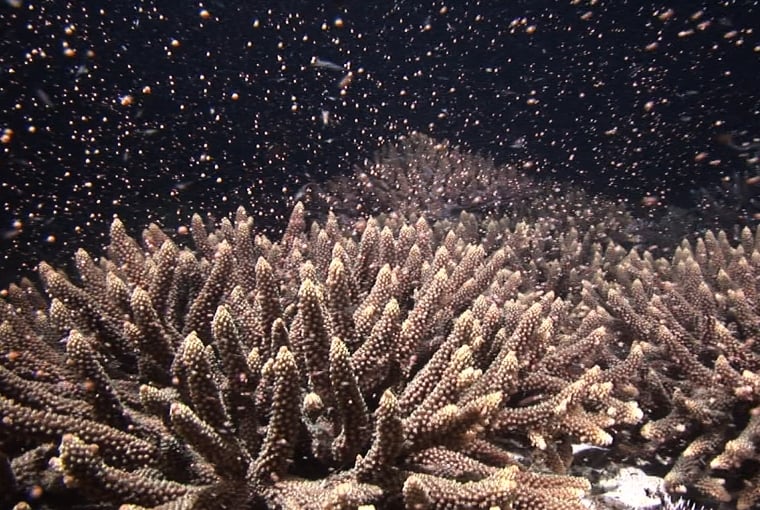

Corals that have overcome various trials will spawn in the second spring (May to June) after planting. The spawned coral eggs will spread out into the sea with the tide. We will continue with our activities to protect our corals.
KOSÉ Malaysia SAVE the BLUE
Coral Restoration 2023


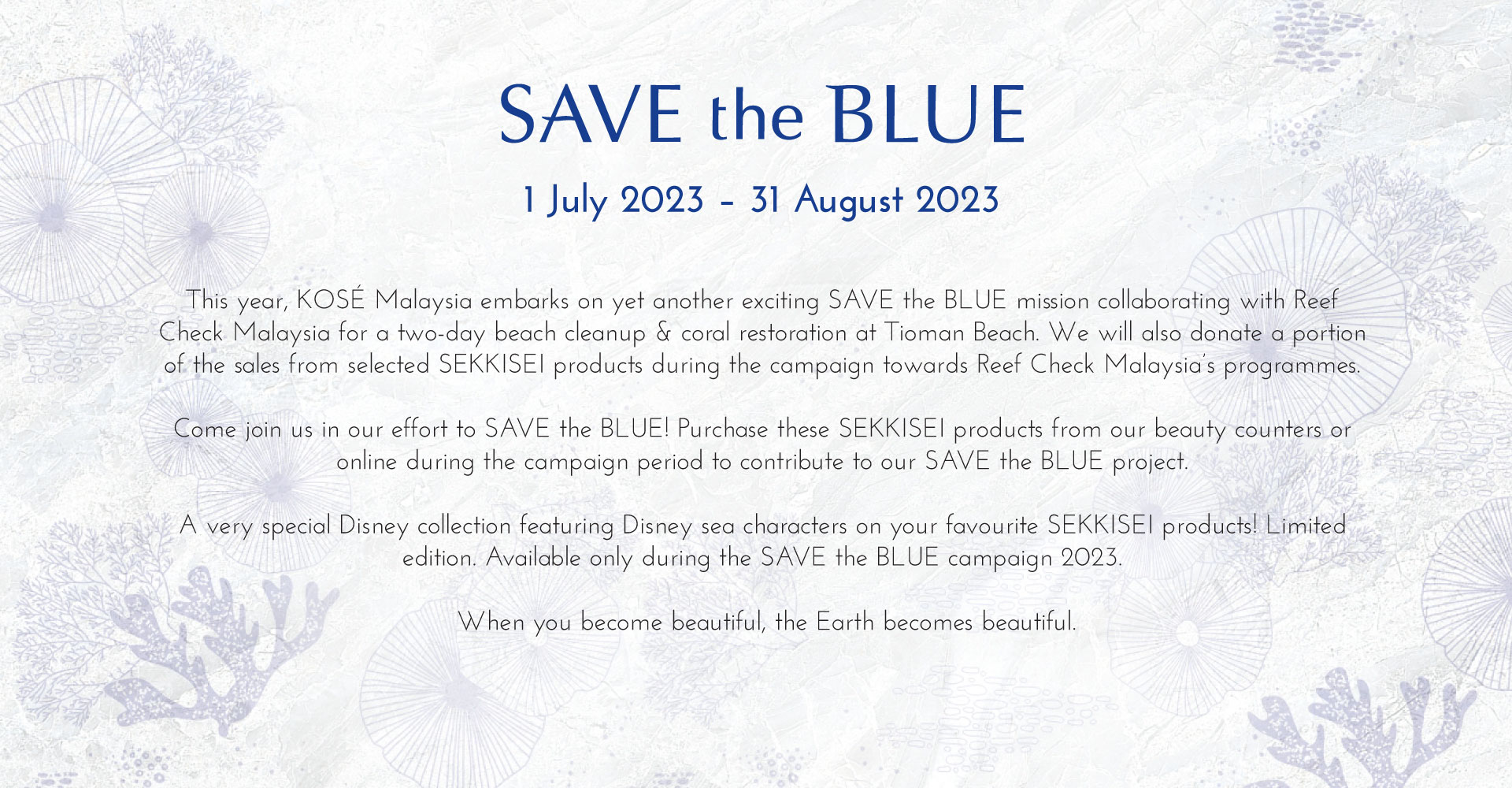
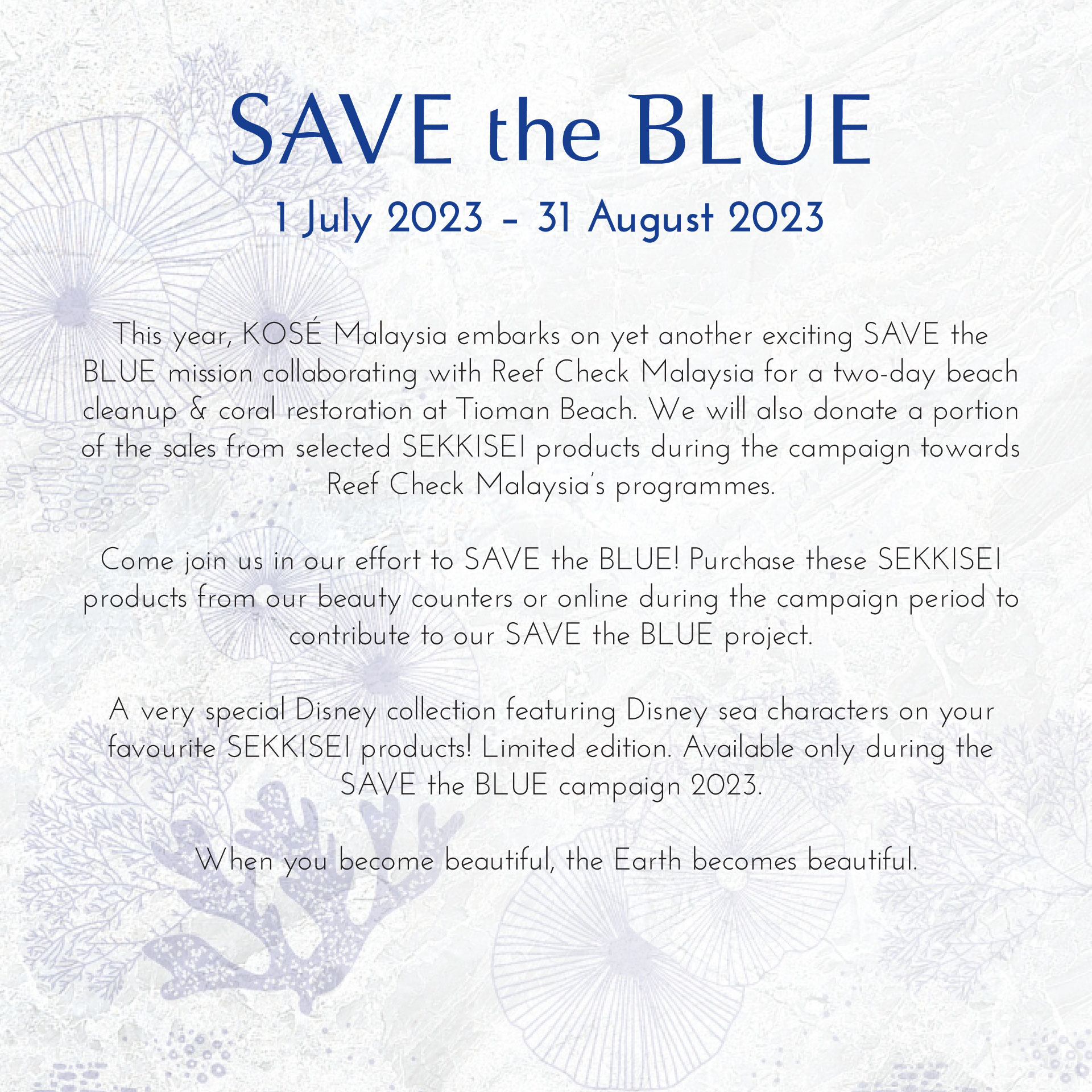


Win a 3D2N to Tokyo DisneySea !
Support our SAVE the BLUE initiative and you could be a winner! Purchase our selected SEKKISEI themed products to be eligible.
For the contest's terms & conditions, click here.
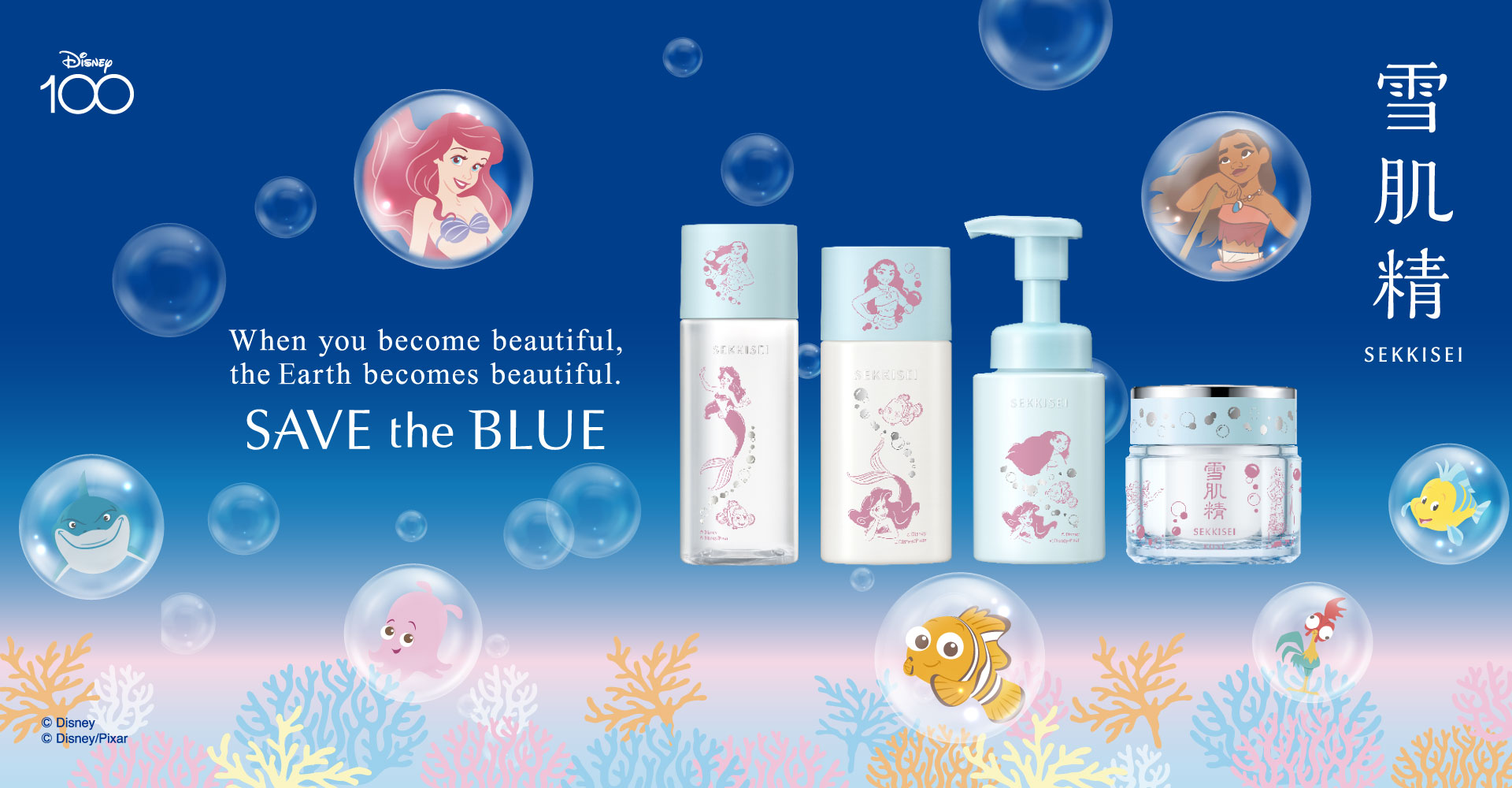
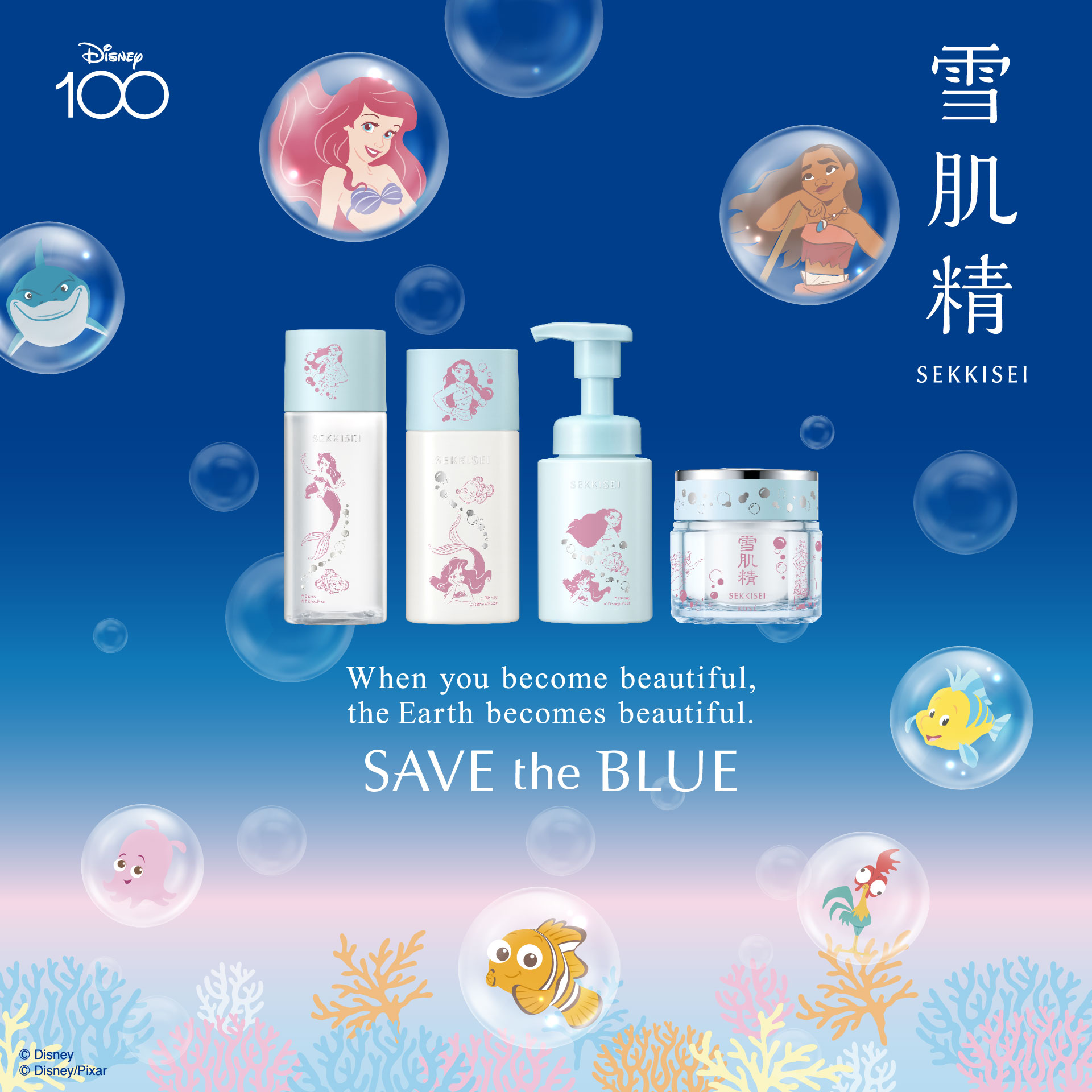




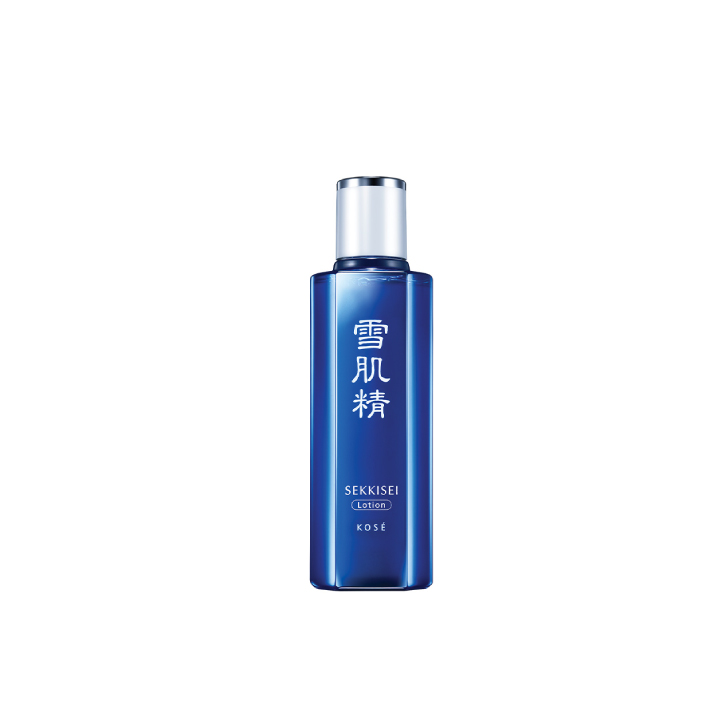
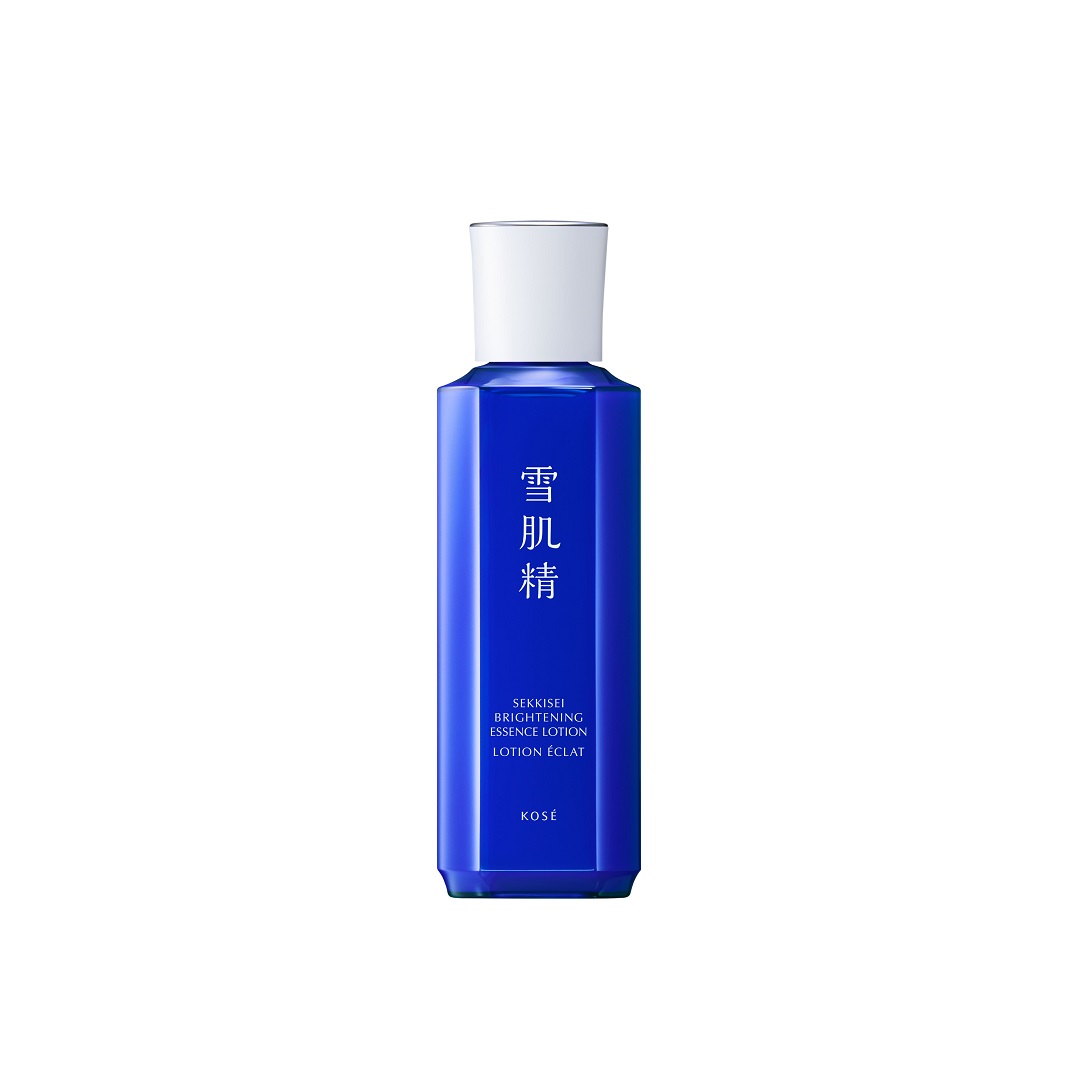
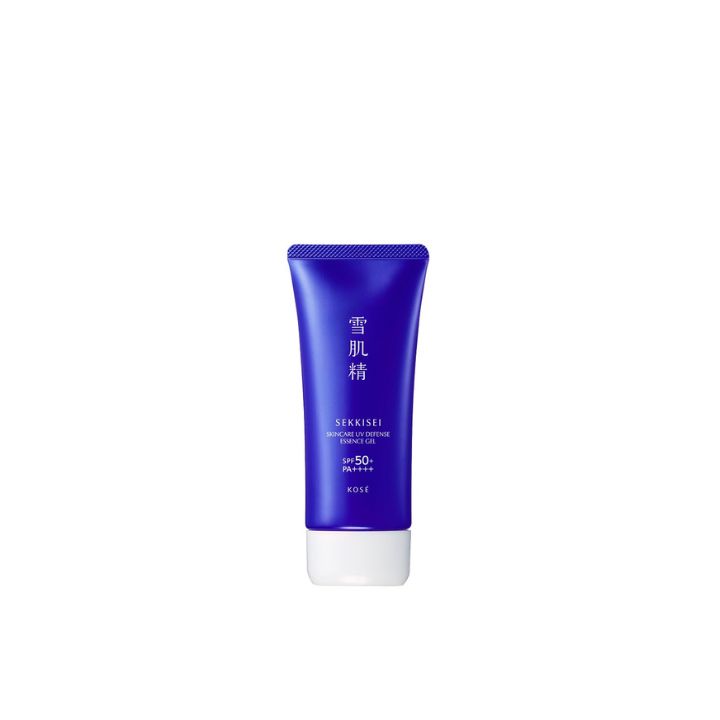
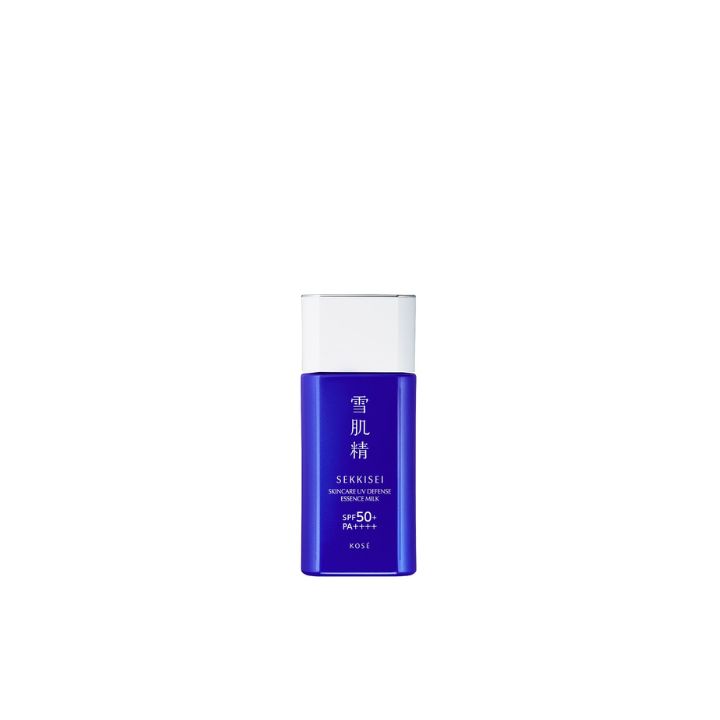
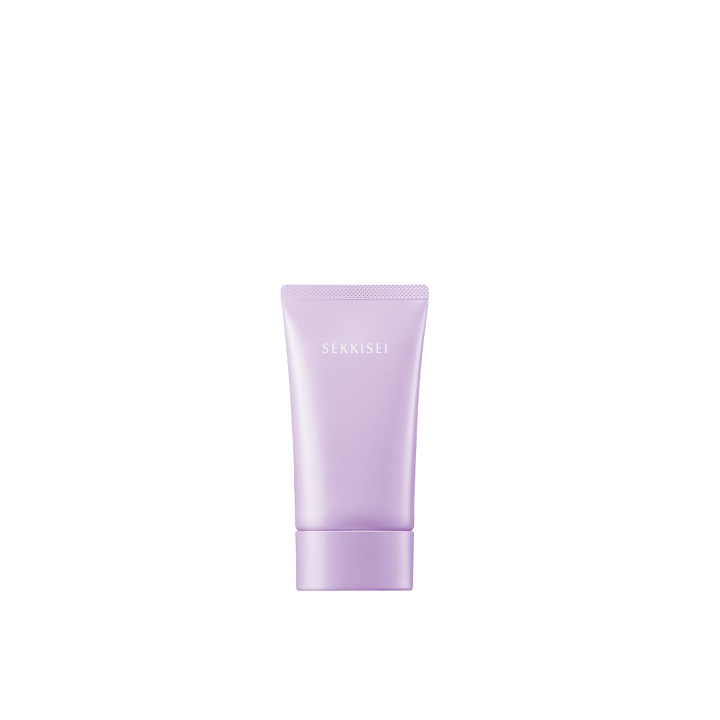
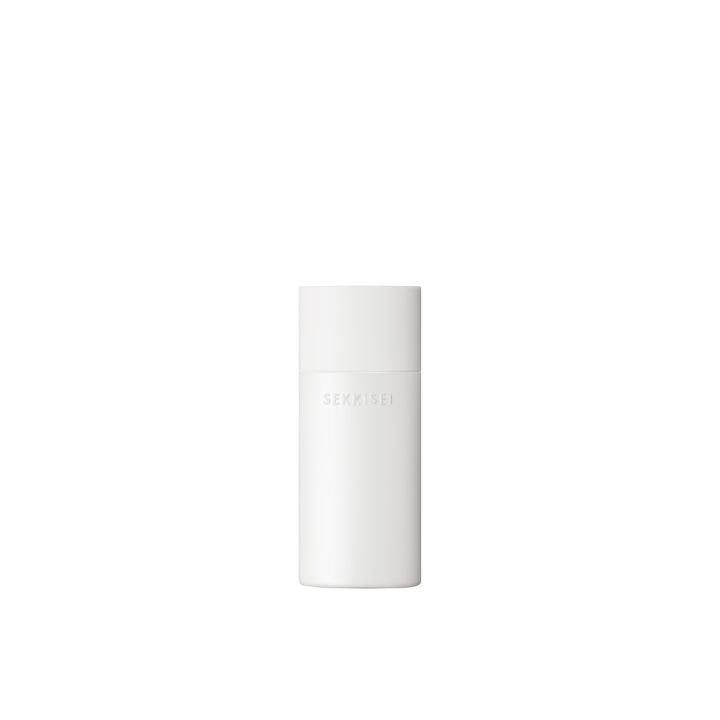


The information below is required for social login
Welcome back!
Create New Account